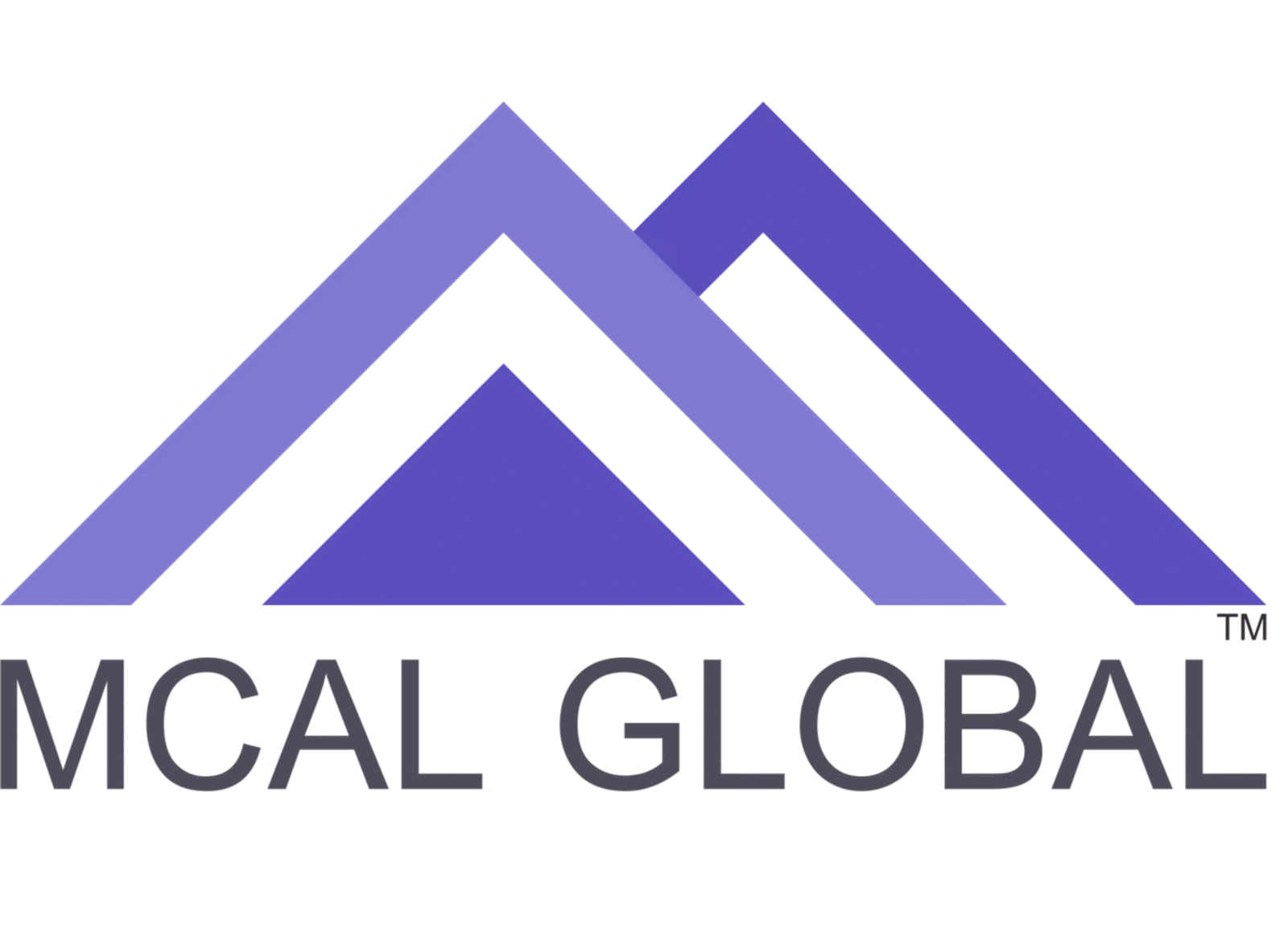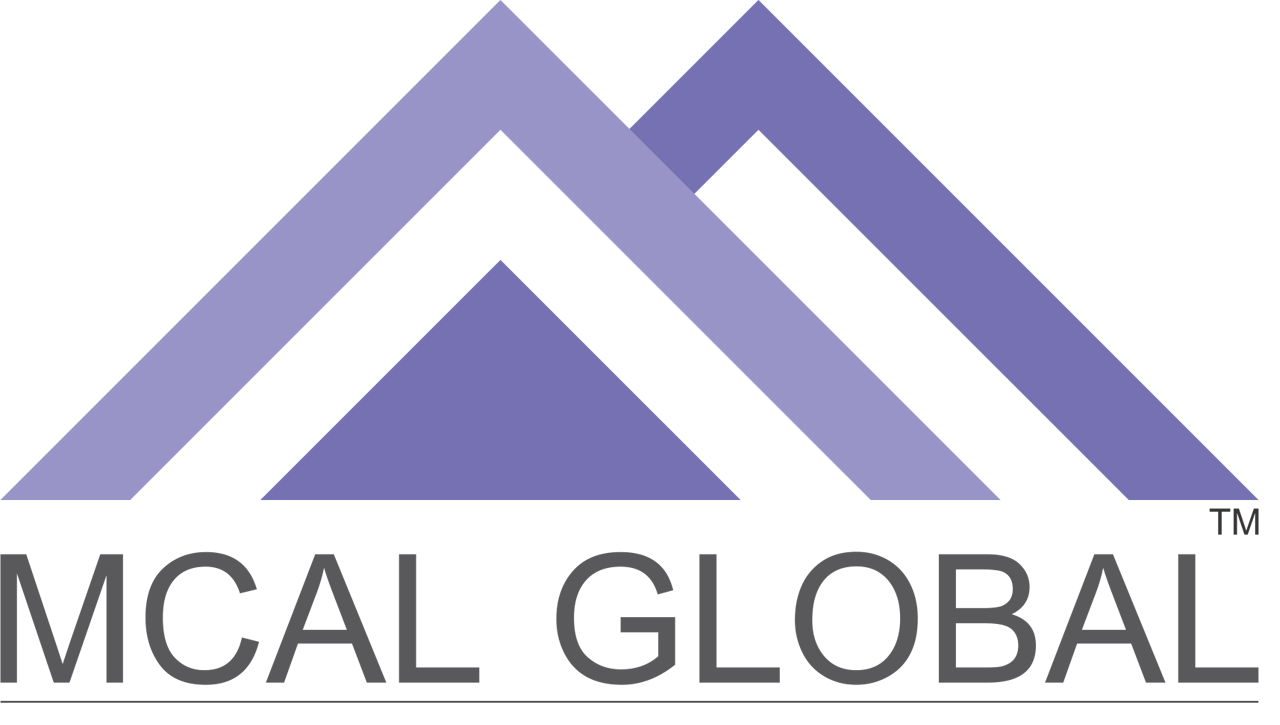Introduction:
In today’s complex business landscape, effective requirement management is crucial for the success of any project or initiative. Requirements Traceability Matrix (RTM) is a powerful tool that helps organizations track and manage requirements throughout the project lifecycle. This comprehensive guide explores the concept of the Requirements Traceability Matrix, its benefits, methodologies, real-world examples, and provides related website links to tools and organizations that support effective requirement traceability.I. Understanding Requirements Traceability Matrix:
- Definition and Purpose: A Requirements Traceability Matrix is a document that establishes and maintains the relationship between project requirements and other project artifacts such as design documents, test cases, and business rules. It provides a traceable link between requirements and their associated artifacts, facilitating transparency, accountability, and change management.
- Importance of Requirements Traceability Matrix: Requirements Traceability Matrix offers several benefits, including:
- Requirement Validation: It helps ensure that project requirements are complete, consistent, and aligned with stakeholder expectations.
- Impact Analysis: It enables organizations to assess the impact of changes on requirements and make informed decisions.
- Risk Mitigation: It supports risk management by identifying and managing potential gaps or inconsistencies in requirements.
- Compliance and Audit: It provides evidence of compliance with regulatory standards and facilitates audits.
II. Key Components of Requirements Traceability Matrix:
- Requirements Identification: The first step in creating a Requirements Traceability Matrix is to identify and document project requirements. These can be functional, non-functional, or technical in nature and should be clearly defined, measurable, and aligned with project objectives.
- Traceability Links: The Requirements Traceability Matrix establishes traceability links between requirements and other project artifacts. It maps each requirement to its associated design documents, test cases, user stories, and other relevant artifacts.
- Bi-Directional Traceability: A comprehensive Requirements Traceability Matrix ensures bi-directional traceability, meaning that it captures both forward and backward traceability. Forward traceability links requirements to downstream artifacts, while backward traceability links artifacts back to their originating requirements.
- Change Management: The Requirements Traceability Matrix supports change management by providing visibility into the impact of changes on requirements and associated artifacts. It helps identify the need for requirement updates, assess the impact on other project components, and manage change requests effectively.
III. Methodologies and Techniques for Requirements Traceability Matrix:
- Manual Traceability: Manual traceability involves creating the Requirements Traceability Matrix using spreadsheet software or document management tools. Each requirement is manually linked to its associated artifacts, and updates are made as changes occur throughout the project.
- Automated Traceability Tools: Various software tools provide automated traceability capabilities, simplifying the creation and maintenance of Requirements Traceability Matrix. These tools offer features such as requirement tracking, impact analysis, version control, and reporting. Some popular tools include IBM Rational DOORS, Jama Connect, and Microsoft Azure DevOps.
IV. Real-World Examples of Requirements Traceability Matrix:Example 1: Software Development Project: In a software development project, a Requirements Traceability Matrix is used to track and manage requirements from initial concept to final delivery. It captures the relationship between high-level requirements, user stories, design documents, and test cases. Any changes or updates to requirements are reflected in the matrix, ensuring alignment between project artifacts.Example 2: Regulatory Compliance Project: A company undergoing a regulatory compliance project uses a Requirements Traceability Matrix to demonstrate compliance with industry standards. The matrix maps regulatory requirements to specific controls, policies, and procedures, providing a clear audit trail and ensuring adherence to compliance requirements.V. Related Tools and Organizations:
- IBM Rational DOORS: IBM Rational DOORS is a leading requirements management tool that offers traceability features, impact analysis, and collaborative capabilities. It supports the creation and maintenance of Requirements Traceability Matrix, ensuring effective requirement management. Website: https://www.ibm.com/products/ibm-engineering-requirements-management-doors
- Jama Connect: Jama Connect is a popular requirements management platform that facilitates traceability and collaboration across teams. It provides features for creating and managing Requirements Traceability Matrix, enabling organizations to achieve end-to-end requirement traceability. Website: https://www.jamasoftware.com/
- Microsoft Azure DevOps: Microsoft Azure DevOps is an integrated suite of development tools that includes features for requirements management and traceability. It offers capabilities for creating and maintaining Requirements Traceability Matrix, ensuring visibility and alignment throughout the development lifecycle. Website: https://azure.microsoft.com/en-us/services/devops/
Conclusion:Requirements Traceability Matrix is a vital tool for organizations aiming to effectively manage project requirements and ensure alignment with project artifacts. By establishing traceability links, organizations gain visibility into the impact of changes, mitigate risks, and enhance compliance and auditability. Manual traceability or automated traceability tools can be employed to create and maintain Requirements Traceability Matrix, depending on the project complexity and requirements. Tools such as IBM Rational DOORS, Jama Connect, and Microsoft Azure DevOps provide valuable support for requirement management and traceability. By leveraging the power of Requirements Traceability Matrix, organizations can enhance project success, improve communication, and drive stakeholder satisfaction.References:
- IBM Rational DOORS. (n.d.). IBM. Retrieved from https://www.ibm.com/products/ibm-engineering-requirements-management-doors
- Jama Connect. (n.d.). Jama Software. Retrieved from https://www.jamasoftware.com/
- Microsoft Azure DevOps. (n.d.). Microsoft Azure. Retrieved from https://azure.microsoft.com/en-us/services/devops/
Note: The examples provided are fictional and used for illustrative purposes only.
For better understanding join MCAL Global’sMaster Business Analysis Training – MBATâ€. MBAT is the flagship business analyst course. MCAL Global has trained more than 2000 professionals on the business analysis processes, concepts, tools, techniques, best practices, business analyst certification, and software tools via this program.
Through active feedback collected from individuals & corporates, MCAL Global has perfected this business analyst course via numerous updates and revisions to deliver the best possible results for individuals or corporates.MCAL Global conducts a classroom for this business analyst course in Pune and Mumbai, else you can join our live online business analyst course from anywhere.
MCAL Global has trained professionals from the United States, UAE – Dubai, Australia, United Kingdom, and all major cities from India through our live instructor online business analyst courses. You can send your interest by visiting our contact us page.


